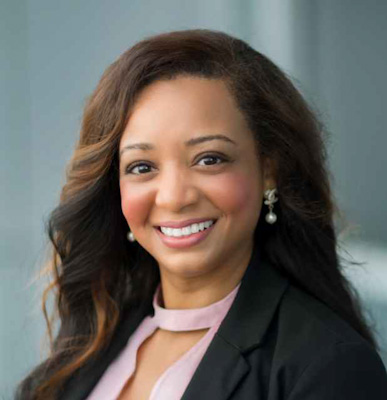ABA considers expanding law school diversity standards

“I see these changes as a welcome addition,” says Meera Deo, a professor and director of the Law School Survey of Student Engagement at the Southwestern Law School in Los Angeles. “They help law schools and law school applicants." (Image from Shutterstock)
Updated: Law schools have come a long way since the “good ol’ boys” days, but they aren’t inclusive enough yet, according to the ABA’s Standards Committee.
Sure, law schools are committed to embracing faculty of any race, gender and ethnicity, thanks to Standard 206.
But at a meeting last week, the committee decided that the schools have to expand their understanding of disadvantaged faculty even more, arguing that the list should also include religion, national origin, gender identity, gender expression, sexual orientation, age, disability, military status, Native American tribal citizenship and socioeconomic background.
The proposed revision is expected to return to the council of the ABA Section of Legal Education and Admissions to the Bar, which can choose to take it to the ABA House of Delegates for a final decision. In a memo to the council from the Standards Committee, the committee recommended that, “a law school shall adopt, publish and adhere to a policy that promotes professionalism, mutual respect and belonging for everyone in the law school community.”
It’s a notion that law school faculty and deans appear to be accepting as a long-term commitment, according to recent surveys and anecdotal evidence—despite the U.S. Supreme Court ruling in June 2023 against Harvard University’s and the University of North Carolina’s affirmative action admission policies in Students for Fair Admissions v. President and Fellows of Harvard College and Students for Fair Admissions v. University of North Carolina.
This isn’t the first time that the ABA has considered making changes to Standard 206. Its diversity standard has been revised a handful of times—and it’s come into question in recent years as schools including the Baylor University School of Law, the University of Oregon School of Law and the Maurice A. Deane School of Law at Hofstra University have been cited for being out of compliance.
But many think that even the compliant law schools still have a ways to go.
“I see these changes as a welcome addition,” says Meera Deo, a professor and director of the Law School Survey of Student Engagement at the Southwestern Law School in Los Angeles. “They help law schools and law school applicants because they are firmly within the boundaries of existing law and promote access to legal education for communities that have traditionally been excluded or unwelcome in law school.”
According to a 2019-2020 survey by the Center for the Study of Applied Legal Education, faculty demographics overall have become more diverse in the last 20 years. But they still aren’t equal yet. In 1980, 95% of law school faculty overall identified as white; in the most recent survey, this percentage decreased to 78%.
When law schools expand the identifications of faculty covered in Standard 206, it helps the students and helps the profession as well, says Angela Winfield, the vice president and chief diversity officer at the Law School Admission Council.
Applicants can be reassured that regardless of their identity, background or historical access, there is an expectation that law schools provide access and opportunity to all. Plus, this prepares students for the profession, where these attributes are essential to practicing law, Winfield says.
Putting the plan into action
The committee hasn’t detailed how it would enforce the revised Standard 206. But Joan Howarth, a visiting professor at the University of Nevada and the dean emerita at the Michigan State University College of Law, says the council isn’t requiring new data collection, so it shouldn’t be too difficult for law schools to manage the shift. The changes enhance diversity while raising no constitutional concerns as they direct law schools to eliminate multiple barriers to entry, Howarth says.
“The proposed changes will help applicants by assuring them that law schools respect and welcome future lawyers with a broad variety of identities and experiences, including many who have been unwelcome in our profession,” she says.
Winfield says many schools have already begun doing the work, making an effort to seek faculty who have been previously shunned or excluded from working at law schools. For those law schools that need some extra support getting this into place, she says, there are myriad resources available via the LSAC and other law associations.
Updated Feb. 29 at 9:28 a.m. to correctly reflect the law schools that have been cited for being out of compliance with diversity standards.



